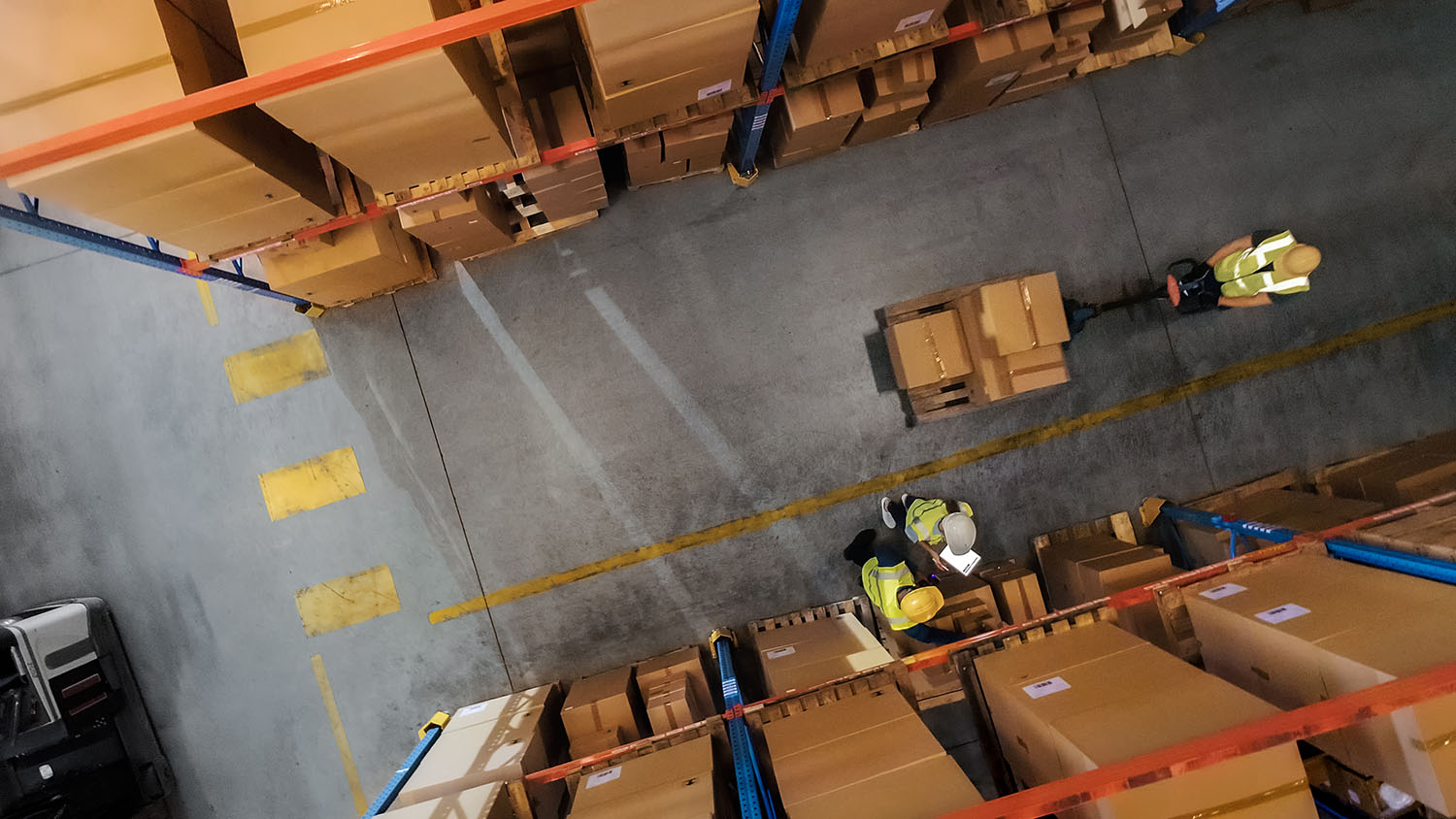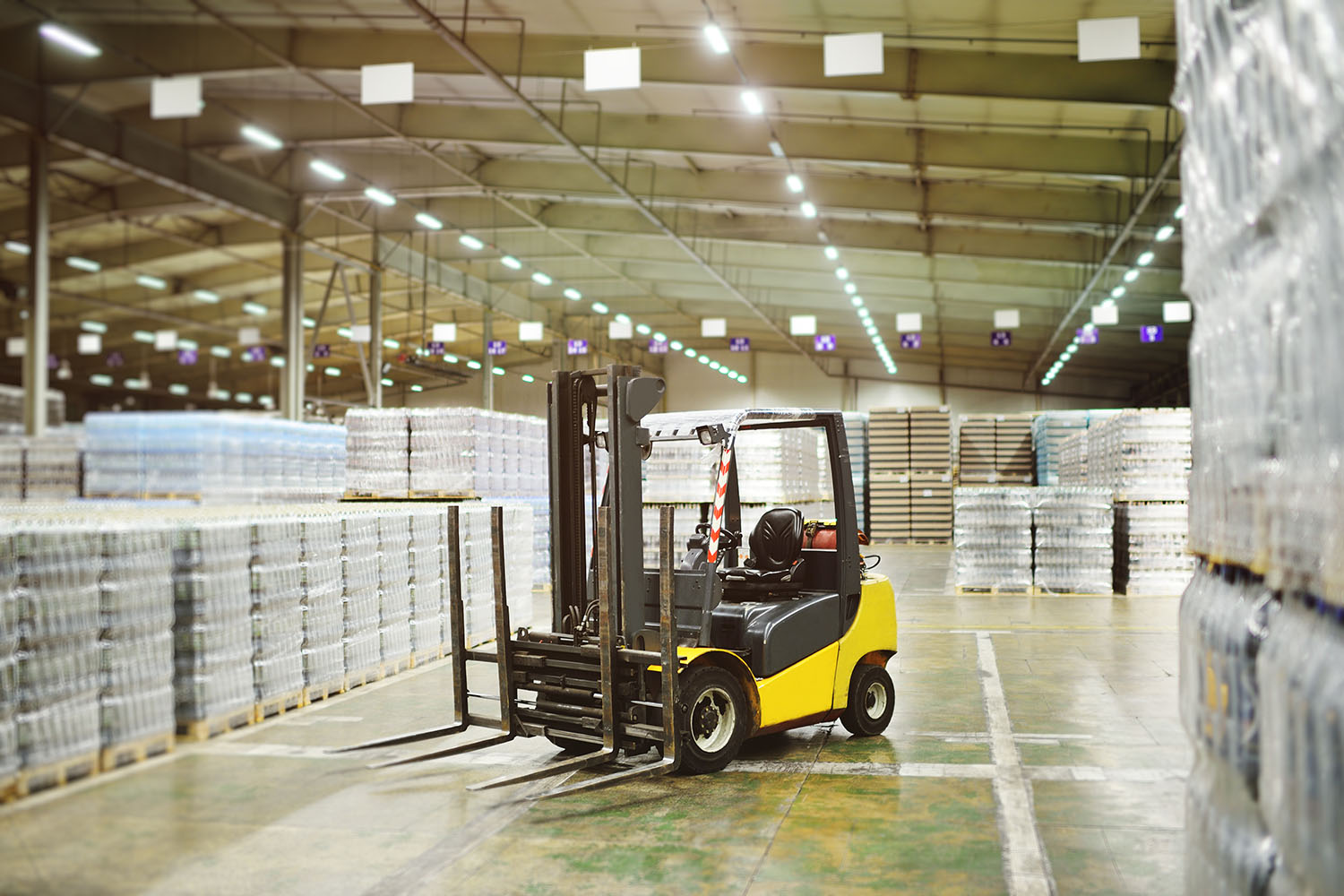E-commerce businesses face a critical decision point in their growth journey: should they handle their own fulfillment or partner with a third-party logistics (3PL) provider? It’s the “build versus buy” choice familiar to anyone in business, but specifically for the service of warehousing and fulfillment.
As someone who has spent decades in the logistics and warehouse management industry, I’ve seen firsthand how this decision can make or break a company’s scaling efforts.
The challenges of in-house fulfillment are significant. First, there’s the substantial capital investment required – both operational expenses (OPEX) and capital expenditure (CAPEX) – for warehouse space, maintenance, labor, and equipment. Second, and perhaps more crucially, there’s the expertise gap. If your company lacks deep knowledge in logistics and cost management, fulfillment can become a major obstacle to growth rather than an enabler.
The reality is that most entrepreneurs don’t understand how e-commerce fulfillment costs can spiral as they grow. Without maintaining extremely high warehouse efficiency, fulfillment costs tend to hockey stick upward during growth periods. A 20% increase in order volume might require 35% more in labor costs if you’re relying on temporary workers to handle the surge. These hidden costs can quickly erode your margins and hamper growth.
Let me share how 3PL services have the potential to transform your e-commerce operations and set you up for sustainable growth.
How 3PL Services Benefit E-commerce Businesses
Modern 3PL services offer several game-changing advantages for e-commerce businesses:
1. Management Team Focus
A proficient 3PL takes over the entire distribution portion of your supply chain, allowing your management team to concentrate on core business activities. I’ve seen countless brands redirect their resources toward growth initiatives and R&D once freed from warehouse management responsibilities. During peak retail seasons, when internal fulfillment teams are often overwhelmed, 3PL partnerships prove particularly valuable by maintaining consistent service levels without consuming executive attention.
2. Risk Mitigation
When you partner with a 3PL, they absorb many operational risks. For example, if a 3PL makes a shipping error, they bear the cost of correcting it. For perspective, with 1,000 daily orders and just two errors, you’re typically looking at losing the margin on seven orders when handling 3PL e-commerce fulfillment services internally. Over a year, these costs can accumulate significantly. A 3PL partnership insulates you from these costs and ensures that shipping errors don’t impact your bottom line.
3. Ability to Flexibly Scale
One of the most significant advantages is flexible scaling. Consider a real example I encountered: a small business appearing on Shark Tank saw their orders surge from 200 to 20,000 in just three days. No internal fulfillment operation could handle that spike, but their 3PL partner managed it seamlessly. This scalability extends to seasonal peaks as well – professional 3PLs can efficiently handle holiday surges without requiring you to hire and train temporary staff.
4. Cost Efficiency
Beyond the obvious savings on warehouse space and equipment, 3PLs offer access to better shipping rates due to their volume. If your current overnight shipping cost is $16 per package, a 3PL might get it done for $9, creating immediate savings opportunities. Additionally, 3PLs continuously optimize their processes, becoming more efficient at handling your products over time. This improved efficiency translates to better margins as your volume grows.
5. Access to Advanced Technology
Working with a 3PL gives you access to enterprise-grade warehouse management systems (WMS) without the significant investment in software and implementation. Modern cloud-based WMS solutions provide real-time visibility into inventory levels, order status, and shipping information – capabilities that would be costly to develop internally.
Click here to learn about the best practices of e-commerce warehousing.
How to Choose the Right 3PL Provider for E-commerce
Selecting the right 3PL partner requires careful evaluation of several key factors:
1. Is the 3PL financially stable?
You need to demand some transparency about the 3PL’s profitability; without that, you are taking a large risk. A profitable 3PL typically indicates lean, efficient operations and sustainable service delivery. During the evaluation process, ask specifically about their warehouse efficiency metrics and how they manage their cost per order. It’s a lesser-known industry secret that many 3PLs operate at a loss, which can lead them to cut back on labor and harm their clients’ fulfillment down the line.
2. Do they have relevant operational expertise?
Look for 3PLs with experience handling products similar to yours. While most will say they can handle your product, actual experience matters. Request to observe their operations and access performance metrics for similar clients. Ask about their approach to process improvement and how they measure success in fulfillment operations.
3. Is their technology stack up to speed?
Modern cloud WMS are crucial for visibility and control. The best WMS solutions provide real-time tracking, inventory management, and seamless integration with your e-commerce platform. Look for systems that offer customer portals where you can monitor operations, update orders, and access detailed analytics about your fulfillment performance.
4. Will they pass on their volume savings on shipping?
Evaluate their willingness to share shipping cost savings. A good 3PL should be transparent about their carrier rates and open to discussing volume-based pricing improvements as your business grows. Many 3PLs start with list prices but are open to negotiating better rates as your volume increases. Be prepared to discuss volume projections and potential cost-sharing arrangements.
5. How well do they handle customer service?
Examine how the 3PL handles customer service and issue resolution. The best partners offer transparent communication channels. Remember, while you’re outsourcing fulfillment, your customers’ experience still reflects directly on your brand. Look for 3PLs that understand this responsibility and have systems in place to maintain your brand standards. Also, ask how they would handle requests for attention to a matter. Do they have an account management person or other assigned resource to handle escalations? They should.
Trends Driving E-commerce Fulfillment with 3PL Services
The e-commerce fulfillment landscape is evolving rapidly, driven by several key trends any e-commerce business contemplating 3PL services should understand:
- Technology Integration: Leading 3PLs like the ones we support with our Da Vinci WMS service are investing in cloud-based software solutions like ours because they provide real-time visibility and control. This transparency helps brands maintain high customer satisfaction levels while outsourcing fulfillment. Advanced systems can now predict potential issues before they impact customers and automatically optimize picking routes and inventory placement.
- Hybrid Fulfillment Models: Many 3PLs now support both B2B and direct-to-consumer operations from the same facility. This flexibility allows brands to manage multiple sales channels, shipping methods and carriers efficiently through a single partner. Modern WMS systems can handle the complexity of different shipping requirements, compliance standards, and service levels for various channels.
- Peak Season Management: The ability to handle seasonal spikes without massive temporary staffing investments has become crucial. Professional 3PLs have developed sophisticated approaches to managing peak periods while maintaining service levels. This includes using advanced forecasting tools, flexible staffing models, and automated systems to maintain efficiency during high-volume periods.
- Sustainability Initiatives: Environmental considerations are becoming increasingly important in fulfillment operations. Leading 3PLs are implementing sustainable practices in packaging, shipping, and warehouse operations. This includes optimizing delivery routes, using recycled materials, and reducing waste through better inventory management.
- AI and Automation Integration: The most advanced 3PLs are incorporating artificial intelligence and automation technologies to improve efficiency. This includes automated sorting systems, predictive analytics for inventory management, and machine learning algorithms for optimizing pick routes and warehouse layouts.
3PL E-commerce FAQs
Q. What is 3PL e-commerce?
3PL e-commerce refers to outsourcing your order fulfillment operations to a specialized third-party logistics provider. This includes warehousing, picking, packing, shipping, and returns management. The 3PL becomes an extension of your business, handling the physical movement of products while maintaining your brand experience. Modern 3PLs also provide value-added services such as inventory management, demand forecasting, and shipping optimization.
Q. How much does 3PL cost for an e-commerce business?
3PL pricing typically includes several components:
- Storage fees: Usually calculated per pallet or cubic foot, ranging from $8-40 per pallet monthly
- Pick and pack fees: Generally $2-5 per order, depending on complexity
- Shipping costs: Discounted rates based on 3PL volume
- Additional services: Kitting, custom packaging, returns processing, etc.
While specific rates vary, most 3PLs offer volume-based pricing that improves as your business grows. The key is understanding that while the monthly bill might seem significant, it often represents better overall value than managing fulfillment internally when you factor in all costs, including labor, space, technology, and shipping rates.
Q. Can small e-commerce stores benefit from 3PL services?
Absolutely. Take the example of Etsy sellers who use 3PLs from day one, or small brands that outgrow their garage operations. The right 3PL partner can help small businesses maintain professional fulfillment operations without the massive capital investment required for in-house facilities. Many successful e-commerce brands like Touch of Modern started with 3PL partnerships and scaled their operations without ever managing their own warehouses.
Q. What’s the difference between 3PL and fulfillment centers like Amazon FBA?
While both handle order fulfillment, traditional 3PLs offer more customization and control over your 3PL e-commerce fulfillment operations. Fulfillment by Amazon (FBA) is more standardized and primarily serves Amazon’s marketplace. A traditional 3PL can support multiple sales channels and provide more personalized service levels. They also offer greater flexibility in packaging, branding, and customer communication, allowing you to maintain a distinct brand identity across all sales channels.
Take Your E-commerce Business to the Next Level with 3PL
The decision to partner with a 3PL is about more than just outsourcing fulfillment – it’s about positioning your business for sustainable growth. The right 3PL partner, supported by robust warehouse management technology, can transform your 3PL e-commerce fulfillment operations and customer experience.
At Da Vinci, we’ve built our warehouse management system to support both B2B and 3PL e-commerce fulfillment operations efficiently. Our cloud-based WMS provides the visibility and control 3PLs need while working with brands like yours, featuring:
- Customer Portal Access: Brands can monitor order status in real-time and make updates before picking begins. Our WISMO (Where Is My Order) tracking system provides immediate visibility into order status, helping both the 3PL and you provide better customer service without maintaining direct warehouse operations.
- Flexible Workflows: Support for high-volume e-commerce orders (as well as complex B2B requirements) is critical, and our system can handle everything from single-item direct-to-consumer shipments to full-pallet orders, all managed through the same intuitive interface.
- Advanced Reporting: Our suite of comprehensive analytics to track performance and identify optimization opportunities includes inventory aging analysis, shipping cost optimization recommendations, and detailed performance metrics to help you make data-driven decisions.
- Integration Capabilities: Our API-first approach ensures easy connections with major e-commerce platforms and shipping carriers along with smooth data flow between your sales channels, warehouse operations, and shipping partners.
Ready to explore the kind of WMS that the right 3PL partner for you should be working with? Request a demo of Da Vinci’s cloud-based warehouse management system today and take the first step toward optimizing your 3PL e-commerce fulfillment operations.



